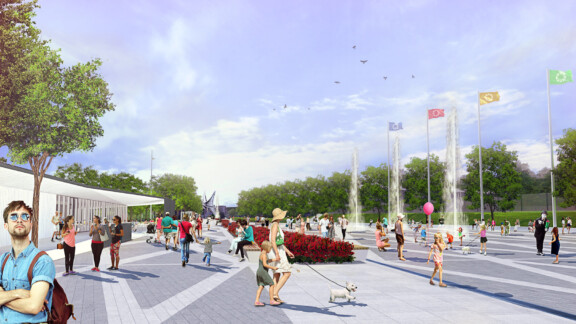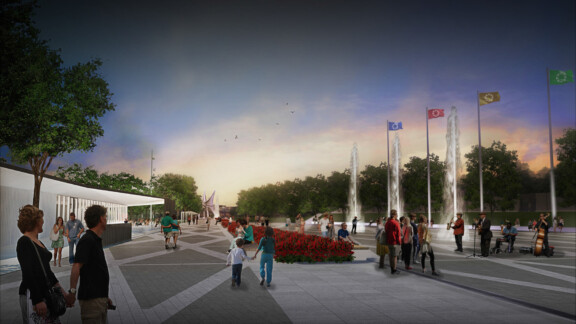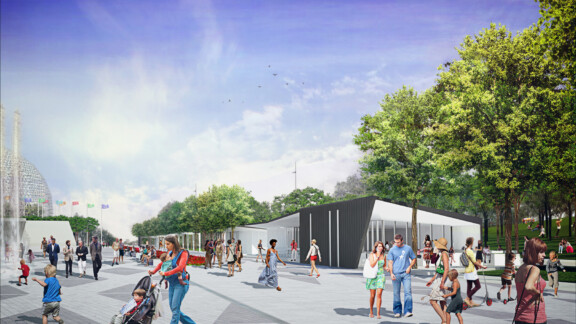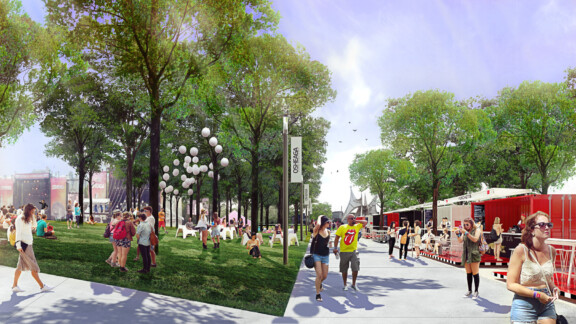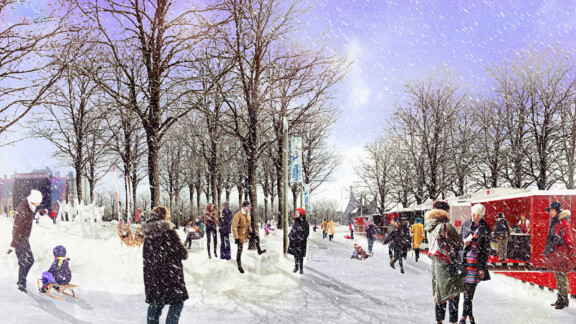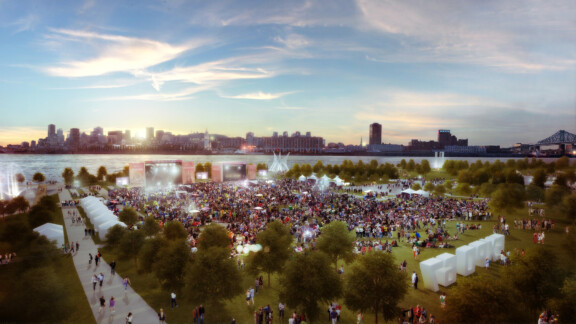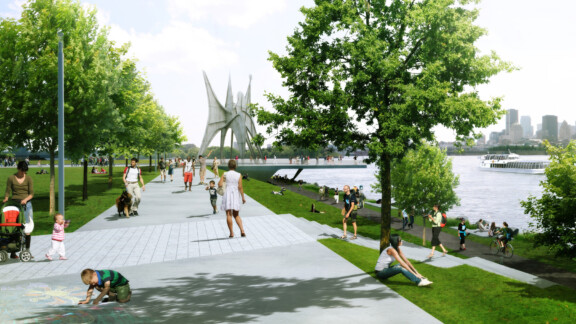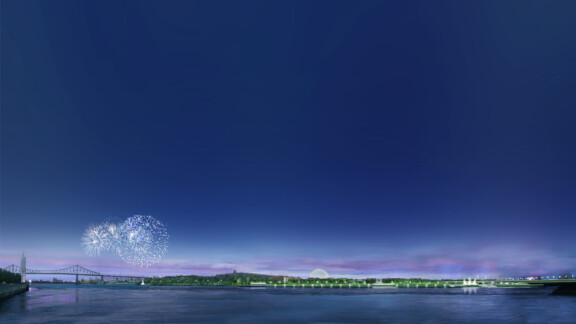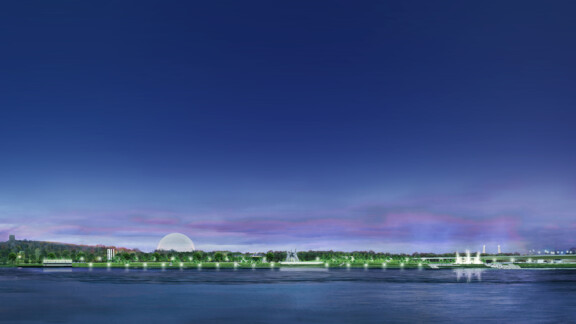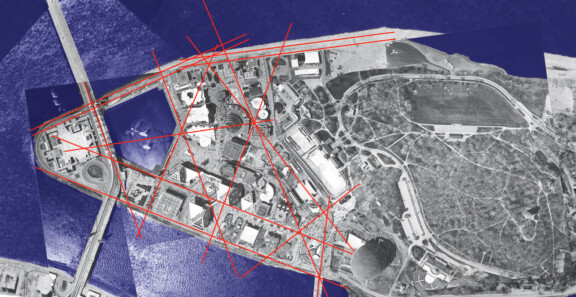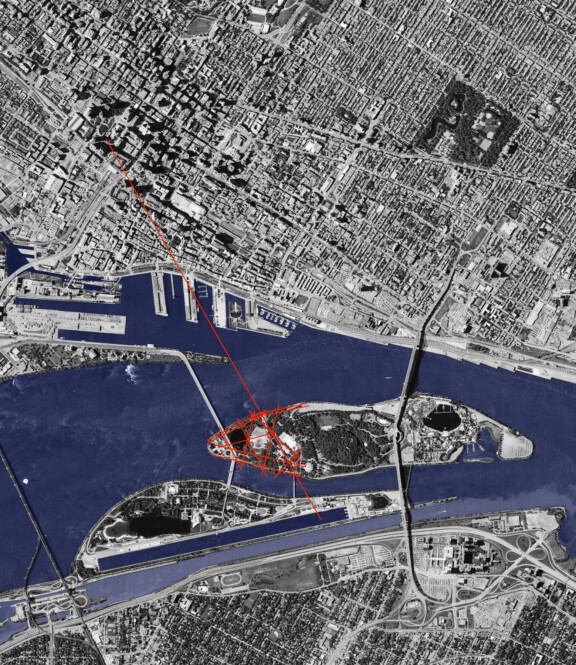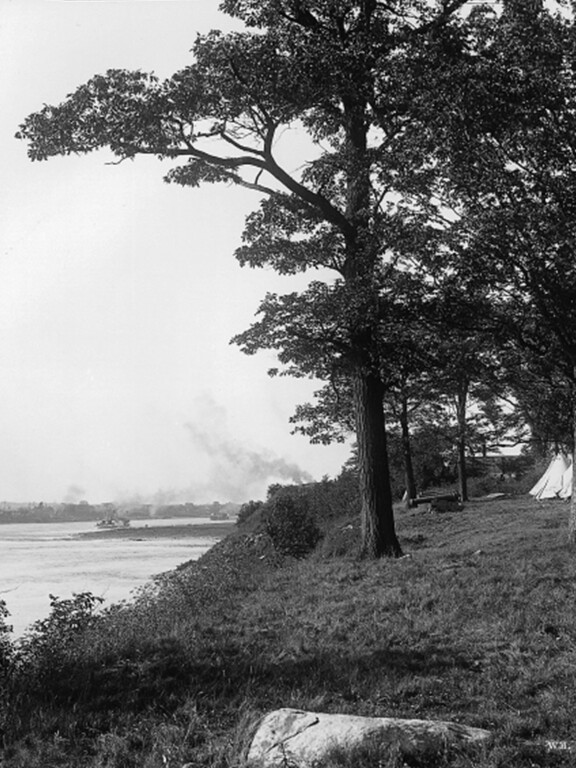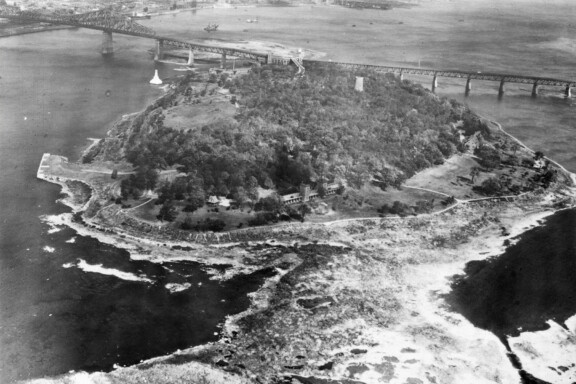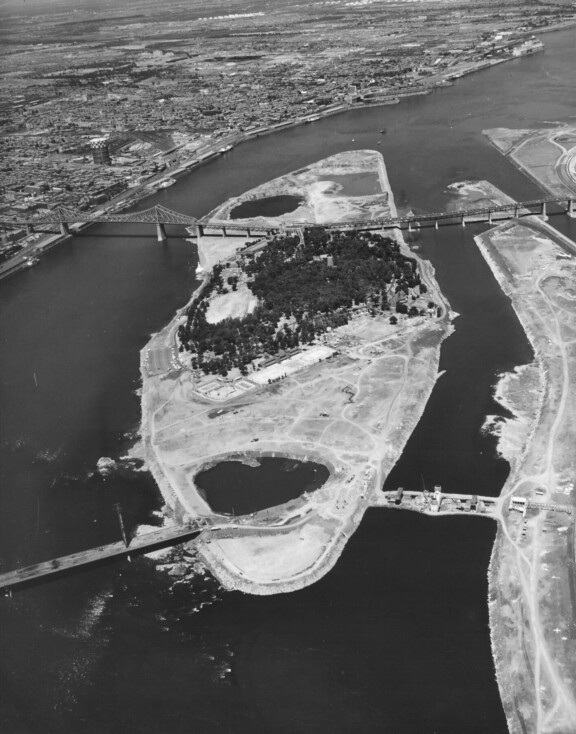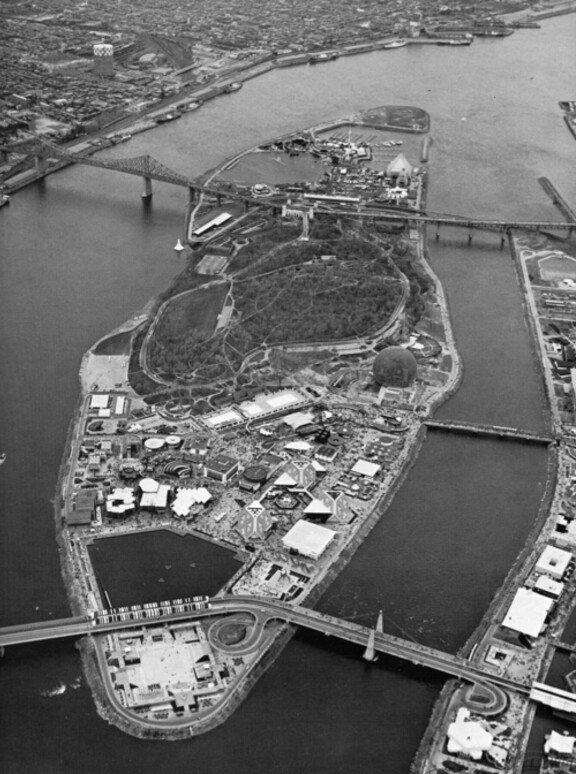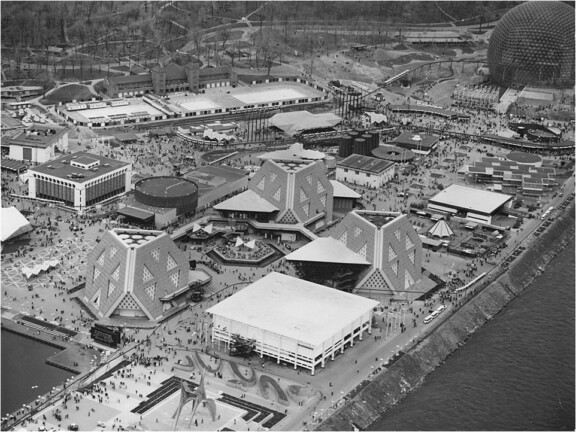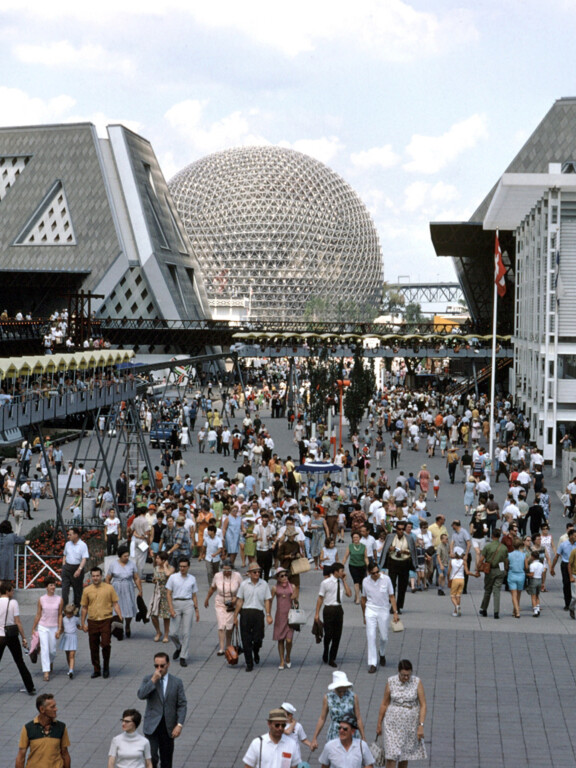Masterplan and revitalization for the western part of the island of île Sainte-Hélène (former site of Expo 67)
The restoration and redevelopment of the western part of the island of Île Ste-Hélène marks a new milestone for this important site that has come to embody an important turning point in both the history of Montreal as well as modern Quebec.
Prior to the expansion of the terrain for Expo 67, the oldest part of the island was first used as a military site. In 1884, it became the first public recreational park in Montreal, subsequently designed in a more formal fashion by Frederick G. Todd in 1936. In 1967, the world exposition under the theme ‘Man and his World’ became a dramatic threshold where Quebec became fully immersed in modernity through exemplary technical, architectural, and urban design innovations. However, in 1992, the western portion of the island was redeveloped to erase all but the very last traces of this important event. ‘Nature’-driven redevelopment along with the years of neglect that ensued resulted in overgrown and unmanaged vegetation that completely supplanted the bold and modern legacy that had prevailed on the site.
The new masterplan appropriates key traces of Expo 67 through a landscape structure that showcases the genius of the place and re-evaluates the relationship between nature, culture, and the history of the site. Based on the axial framework of the Expo 67 plan, new axes are proposed that restore clear links between the main artifacts of Expo 67 (Buckminster Fuller’s Biosphere, Alexander Calder’s sculpture L`Homme, and Place des Nations) and the island itself, while opening the panarama across the river to the Montreal skyline. The proposed planting strategy borrows its iconic flora from the original part of the island, accentuating connections and defining sub-spaces of activity. In addition to redefining the central axis between the monumental Calder sculpture and the metro station, reactivating the Place des Nations, and re-establishing a modern geometry to the signature Lac des Cygnes, the project also proposes new program and recreation elements that connect to the Pont de la Concorde by a suspended pedestrian way. A new river landing (Sainte-Hélène Quay) marks the arrival by ferry to the island on the river, becoming the starting point for a river’s edge promenade that is arranged along two levels to access the water as well as a belvedere to the west.

